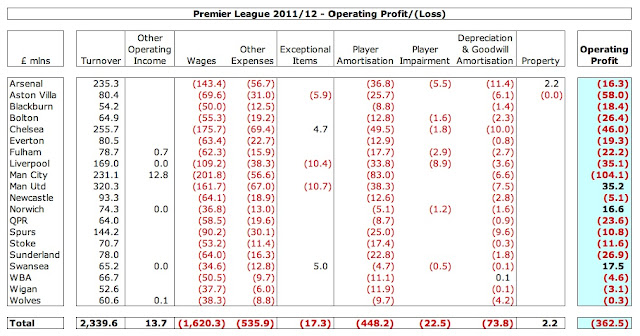Svaka mu cast. To je profesionalizam ... Zao mi je sto ga je izbacio iz prvog tima ali svakako da je Nastasic bolji... Bar trenutno  .
.
 .
.
 .
.

































We process personal data about users of our site, through the use of cookies and other technologies, to deliver our services, personalize advertising, and to analyze site activity. We may share certain information about our users with our advertising and analytics partners. For additional details, refer to our Privacy Policy.
By clicking "I AGREE" below, you agree to our Privacy Policy and our personal data processing and cookie practices as described therein. You also acknowledge that this forum may be hosted outside your country and you consent to the collection, storage, and processing of your data in the country where this forum is hosted.
Comment